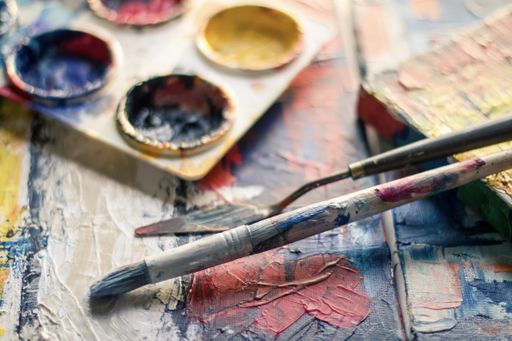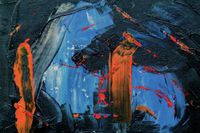Rubin Museum, Haven for Asian Art, to Close After 20 Years
The Rubin Museum, a renowned art museum in New York, has announced that it will be closing its doors after 20 years of operation. The museum, known for its extensive collection of Asian art, has encountered financial difficulties and has also faced allegations of displaying looted artwork.

Financial Challenges and Accusations of Looted Art
One of the main reasons behind the closure of the Rubin Museum is its ongoing financial challenges. Like many other cultural institutions, the museum has been significantly impacted by the COVID-19 pandemic. With decreased visitor numbers and limited revenue streams, the museum has struggled to sustain its operations. Additionally, the museum has faced allegations of displaying looted art, which has further tarnished its reputation and possibly affected its sources of funding.
The issue of looted art has been a contentious one for the museum. Critics argue that the museum has not been diligent enough in conducting provenance research to ensure that the artworks in its collection were not illegally obtained or stolen. These allegations have drawn negative attention and have put the museum in a difficult position, leading to a loss of trust from both the public and potential donors.
The closure of the Rubin Museum marks a significant loss for the art community in New York. For two decades, the museum has been a haven for Asian art enthusiasts, offering a diverse range of exhibitions and educational programs. Its closure raises questions about the future of art institutions and the challenges they face in a rapidly changing world.
Impact on Asian Art Community
The closure of the Rubin Museum has left many in the Asian art community disheartened. The museum has been a vital space for the promotion and celebration of Asian art and culture, providing a platform for artists, scholars, and enthusiasts to engage with the rich heritage and traditions of the continent. Its loss will create a void that will be challenging to fill.
The museum's closure also raises concerns about the visibility and representation of Asian art in the city. With fewer dedicated spaces for Asian art in New York, there is a risk of marginalization and underrepresentation. Efforts will need to be made to ensure that Asian art continues to have a significant presence and platform within the city's cultural landscape.
Despite the closure, the legacy of the Rubin Museum will not be forgotten. It has made a lasting impact on the Asian art community and has contributed to a greater understanding and appreciation of the region's artistic traditions. The hope now is that new opportunities and spaces will emerge to continue the important work of showcasing and supporting Asian art.
Looking Ahead: Challenges and Opportunities
The closure of the Rubin Museum serves as a reminder of the challenges faced by cultural institutions in the current climate. The COVID-19 pandemic has highlighted the vulnerabilities and dependence of museums on visitor numbers and external funding sources. It is crucial for museums to adapt and find innovative ways to connect with audiences and secure sustainable funding.
At the same time, the closure presents an opportunity for reflection and reinvention. It prompts institutions to reassess their practices, improve provenance research, and address issues of accessibility and inclusivity. It also encourages collaboration and partnerships within the cultural sector to ensure the preservation and promotion of art and heritage.
In conclusion, the closure of the Rubin Museum is a significant loss for the Asian art community and the broader art world. It highlights the financial challenges and ethical responsibilities faced by museums today. However, it also sparks conversations about the future of art institutions and the importance of supporting and advocating for diverse cultural spaces.



